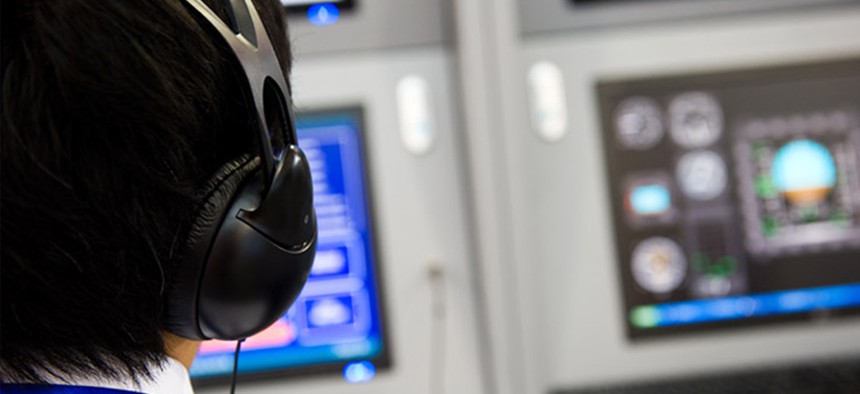sponsor content What's this?
Cross-check that network

Presented by
Raytheon

Modernizing air traffic telecommunications infrastructures
Apple sold its first iPhone in 2008. There have been 20 more versions since.
The U.S. Federal Aviation Administration uses 26,000 telecommunications services at more than 4,000 locations every day. Yet it relies on a telecommunications infrastructure that dates back to 2002.
It’s about time for an upgrade.
The agency is looking to replace the FAA Telecommunications Infrastructure with the FAA Enterprise Network Services Program, a commercial infrastructure that will use secure and emerging technologies. Raytheon is bidding on the contract later this year.
“The FAA’s next-generation system is much more than a telecommunications upgrade, and that’s reflected in the program’s name change and use of the term “enterprise network,” according to Nicole Gates, Raytheon FENS capture manager. “In the past, there was a lot of moving data from point A to point B…but now the FAA wants to make that data more meaningful, using big-data analytics to provide information that can help drive better, real-time decisions, both tactically and strategically.”
The U.S. isn’t alone in its air traffic management improvement efforts. The European Union’s Single European Sky project, which aims to make the EU’s air traffic system function as a single entity, much like the FAA, is also upgrading its technology to help with delays and disruptions at EU airports.
A joint Eurocontrol-FAA report issued in April reviewed air traffic delays between 2002 and 2017. It found that flights at Europe’s top 34 busiest airports are three times more likely to be held at the gate or on the ground for en route constraints than in the U.S. The Single Sky project seeks to standardize and modernize the fragmented European air traffic management system to clear up this congestion.
In the U.S., the new FAA infrastructure will support critical National Airspace System services like air and ground control voice communication, radar, data and flight services, and it will provide normal, day-to-day services like email, payroll and internet.
Gates compared the FAA’s current network infrastructure to “one big ball of yarn” with every single system having a “string” threaded into another system — point to point.
“The FAA is looking to move to more of a circle, where everything is integrated,” Gates said. “That way you can talk to other air traffic applications more directly. Once you become connected like that, you can then apply the power of big data for better decision-making. It really opens the aperture a lot.”
The current “ball of yarn” system creates challenges when it comes to cyber protections, too.
“As the FAA modernizes their communications infrastructure, they’re concerned with maintaining the highest levels of security, resiliency, integrity, availability, survivability, and performance that are required for NAS mission critical applications,” said Mark Orlando, Raytheon FENS cybersecurity chief engineer.
According to Orlando, anything that could impact or degrade the ability of these systems to talk to each other presents significant safety risks.
“Making sure communications happen in a timely, reliable and cybersecure manner is really paramount here, as it is in many other critical infrastructure sectors,” Orlando said.
Raytheon offers prior expertise in integrating global, mission-critical enterprise networks, including the GPS Next-Generation Operational Control System and the Joint Polar Satellite System Common Ground System, according to Gates. The company’s experience on programs like these, she said, will allow Raytheon to help the FAA introduce new technologies in a network environment with a rapid innovation lifecycle and stringent availability and cybersecurity demands.
“You have a lot of duplication today with users communicating on different networks to do their missions,” Orlando said. “As we modernize this environment, they’ll use some of the same networks and systems. We’ll see a lot of cost savings for the FAA.”
The modernization effort will provide other benefits, including flexibility and scalability, making it easier to expand and grow as the FAA’s requirements evolve.
Raytheon is also offering its experience with air traffic systems, including automation, surveillance, navigation and landing technologies, and multi-layered cybersecurity for programs like the Department of Homeland Security’s National Cybersecurity Protection System, or DOMino, which helps protect the networks that serve more than 100 federal civilian government agencies.
“It’s not just about securing a network or making sure the network can operate. It’s about understanding priorities,” Orlando said. “In this case, it’s the safety, reliability, and accessibility of these services.”
Learn more about how Raytheon is helping the FAA modernize the national airspace.





